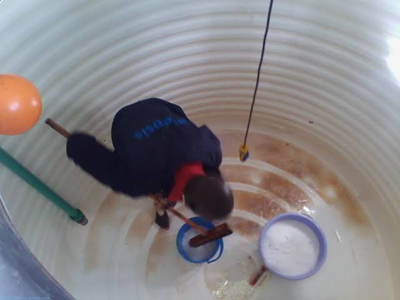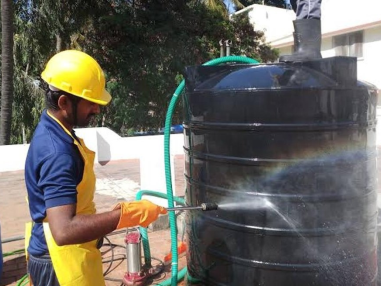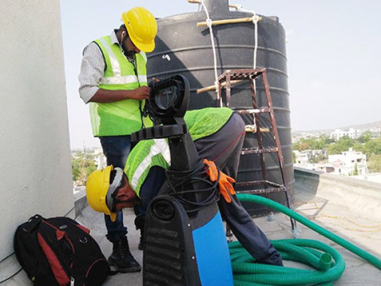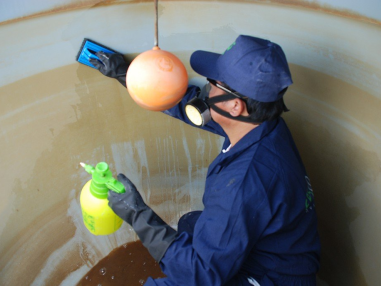Underground tank cleaning (1000L-1500L) (1 hr 30 mins)


Cleaning an underground tank (1000L-1500L) is different from cleaning an overhead tank. Here's a breakdown of the process and the reasons why professional cleaning is highly recommended:
Why DIY Cleaning Isn't Recommended for Underground Tanks:
Confined Space Hazards: Underground tanks are enclosed spaces that can lack proper ventilation and might have accumulated harmful gases. Entering such a space for cleaning poses a serious risk of suffocation or gas poisoning.
Limited Access and Visibility: Accessing an underground tank often requires specialized equipment or excavation. Cleaning the tank interior effectively is difficult without proper lighting and visibility.
Water Removal Challenges: Completely draining a large underground tank can be challenging and time-consuming. Residual water can hinder proper cleaning and disinfection.
Waste Disposal: The cleaning process generates dirty water, sediment, and debris that require proper disposal according to environmental regulations. Professionals handle this responsibly.
Professional Cleaning Process for Underground Tanks (1000L-1500L):
Safety Measures: Professionals prioritize safety. They use gas detectors to check for harmful gases before entry, wear proper personal protective equipment (PPE) like respirators and boots, and follow confined space entry procedures.
Tank Access: Depending on the tank's location and design, they might use excavation equipment or access hatches to safely enter the tank.
Water Removal: Professionals use high-powered pumps to remove most of the water from the tank.
Cleaning and Disinfection: They thoroughly clean the tank's interior surfaces with specialized equipment and cleaning solutions suitable for underground tanks. This may involve high-pressure water jets, scrubbing, and vacuuming of debris. Disinfection with appropriate solutions is also performed.
Waste Disposal: The removed water, sediment, and debris are collected and disposed of according to environmental regulations by the professionals.
Inspection and Maintenance: Some professional services might also inspect the tank for leaks, cracks, or corrosion and recommend maintenance or repairs if necessary.
Benefits of Professional Cleaning for Underground Tanks:
Safety: Professionals prioritize safety procedures and minimize risks associated with confined space entry.
Thorough Cleaning: They have the expertise and equipment for a deep and effective cleaning of the entire tank interior, including hard-to-reach areas.
Proper Disinfection: Professionals use appropriate disinfectants to ensure a safe and sanitary water supply.
Waste Disposal: They handle the removal and disposal of waste water and debris responsibly.
Inspection and Maintenance: Professional cleaning might include valuable inspections that can identify potential problems with the tank itself.
Additional Tips for Underground Tanks:
Schedule Regular Cleaning: For underground tanks, cleaning every 1-2 years is recommended to prevent sediment buildup and potential water quality issues
Consider the Tank Material: The cleaning process might differ slightly depending on the tank material (concrete, plastic, etc.). Professionals have the expertise for different tank types.


